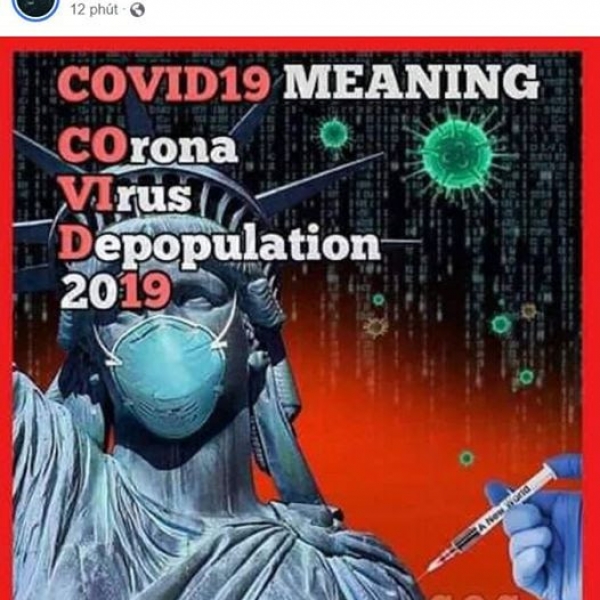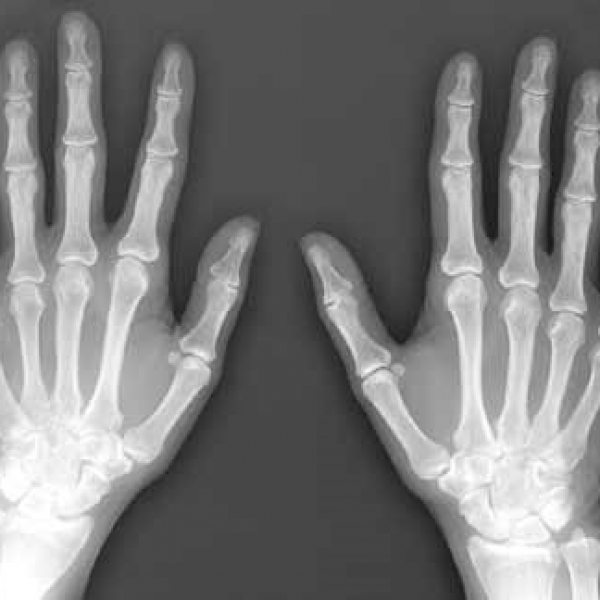Artificial Intelligence (AI)
Mayo Clinic Medical Center is using AI to systematically analyze data about surgeries, something that could not previously be done in a comprehensive and complete way. One of the ultimate goals is to anticipate medical problems that have not yet occurred or to calculate the risks of complications after surgery.
Another approach is rapid genetic analysis based on databases available from patients around the world. Blood samples taken from patients will be genetically compared with an aggregated database, to calculate the risk of a reaction to the treatment or anesthetic.
Surgical robot
Fully automated surgical robots are the scientists' ultimate goal. However, they are many years away from the finish line.

Image simulating surgical robot. Photo: Da Vinci
Currently, experts want to create robots capable of performing tasks in the operating room automatically without human supervision. A joint project of the National University of Singapore and Intel Corporation created "artificial skin", allowing robots to sense by touching and distinguishing between healthy tissue and tumor, making their own decisions about the cut. . Other projects create robots that stitch themselves on incisions and catheters that direct themselves to the heart to aid in cardiovascular surgery.
3D printing
3D printing technology helps doctors at Cleveland Hospital to model the aneurysm of the brain blood vessel before performing the surgery. This makes it easier for them to visualize the three-dimensional structure of that organ. The 3D printed pattern is also used to show the patient what will happen during the operation. In the future, doctors hope that 3D printing technology can simulate the injury, bleeding or cell culture like a normal organ.
Advanced lighting technology
Mayo Hospital and auto lighting equipment company Gentex, based in Michigan, USA, have teamed up to create projector technology using cameras and machine-vision algorithms, to control adjusts intensity and direction, minimizing flare and shadows.
In the future, doctors will be able to choose the right light configuration for each type of procedure. Moreover, the bulbs also have a UV radiation mode to sterilize the operating room at night.
Preserving limbs and living tissue
Biostasis is used to reduce the rate at which cells self-destruct. Researchers from the US Department of Defense Senior Research Service (DARPA) are testing this technology to freeze metabolism. In the case of an accidental loss of a limb, for example, medical professionals can inject a chemical into that part of the body to store it without providing nutrition. This allows surgeons to re-transplant tissue, skin, or bone in hours or days, instead of seconds, minutes, and hours.
Super speed sterilization robot
Companies are looking at ways to automate and use light to sterilize operating rooms. Sterilizing robots, such as the one from the company Xenex (based in San Antonio, USA), can fire out UV rays and disinfect the operating room within minutes.
Augmented reality and new generation X-ray technology

Simulations using virtual reality in brain surgery. Photo: AA Vision
Cleveland and Microsoft Hospitals have teamed up on a HoloLens project to apply virtual reality glasses to the operating room. Virtual reality images help surgeons easily visualize the steps to be taken, and at the same time see organs and tumors from many angles. HoloLens has been used in facial transplant surgery, aortic surgery, in the treatment of ovarian and liver cancer.
Big data
Today, sensors, cameras, and recording devices are used to record information about how surgeons perform surgery, from how they move their hands, how to insert cuts, how to interact with support groups. aid and the amount of surgical equipment used. These data can be used to train, as well as to evaluate the quality of, new surgeons.
The future goal when the amount of data is large enough is to create warnings for doctors when they accidentally cause an infection, or cut too close to large blood vessels ...
Remote help
Electronic medical has many applications that go beyond the scope of the operating room. Doctors can perform remote surgery through a robotic hand or direct step-by-step instruction to their colleagues. This is a lifesaver for rural hospitals, where there is a shortage of human resources experienced in difficult and complex techniques.
However, communication as well as legal issues can prevent these advances from being widely adopted. In addition, concerns about cybersecurity and the safety of remotely controlled robots are also a concern.
Linh Phan (According to Wall Street Journal)
Source: https://vnexpress.net/cong-nghe-phau-thuat-cua-tuong-lai-4171362.html

















